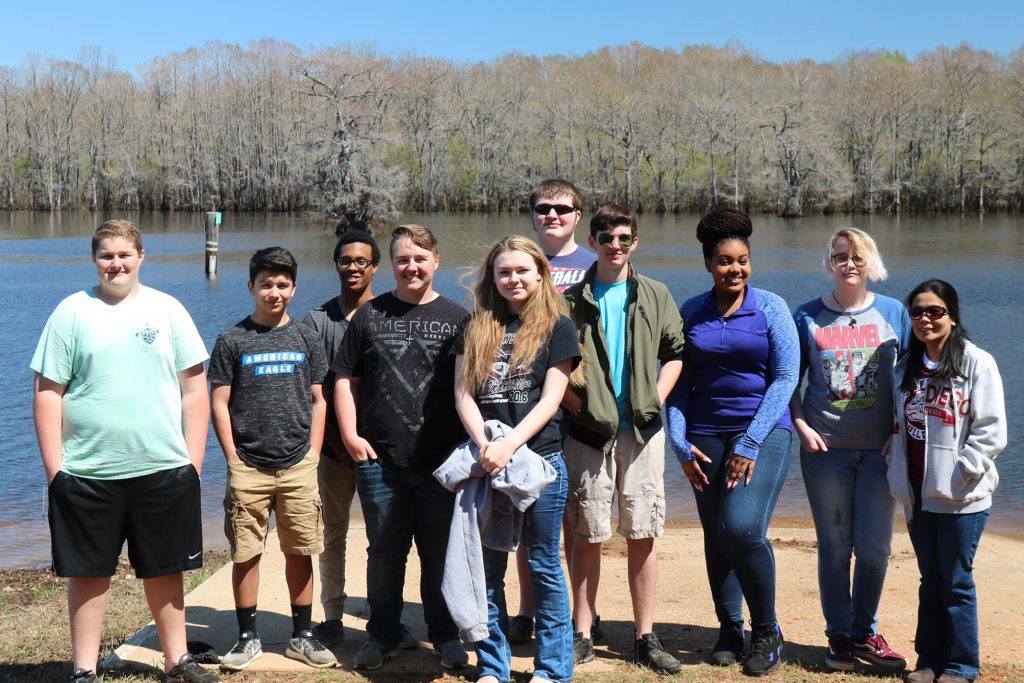
Members of the Honors Chemistry Class of Jefferson High School gathered with chemistry instructor Alma Rivera and staff members of Collins Academy to spend a day in the great outdoors in the woods and on the water at Caddo Lake.
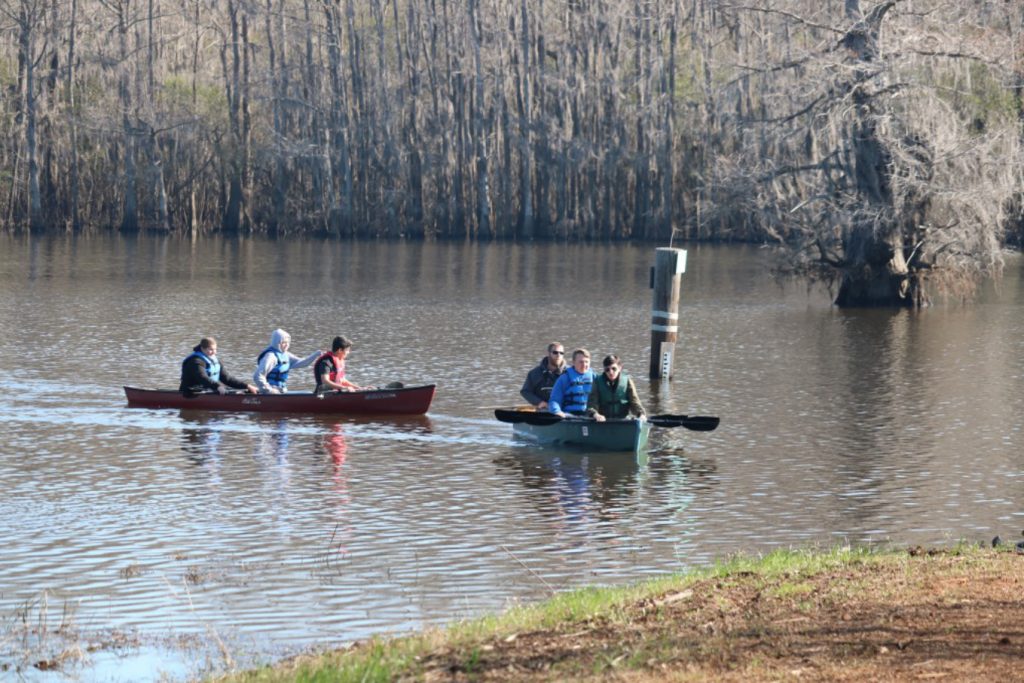 These students make up the Jefferson Conservation Leadership Team and started their day performing water quality monitoring at the City of Jefferson’s public boat launch. After documentation of their water quality findings, the journey to Goose Prairie at the Caddo Lake National Wildlife Refuge was made. Collins Academy Director, Gary Endsley and wildlife biologist Robert Haynes directed the students on a two mile trek through the woods searching for plant, animal and bird species.
These students make up the Jefferson Conservation Leadership Team and started their day performing water quality monitoring at the City of Jefferson’s public boat launch. After documentation of their water quality findings, the journey to Goose Prairie at the Caddo Lake National Wildlife Refuge was made. Collins Academy Director, Gary Endsley and wildlife biologist Robert Haynes directed the students on a two mile trek through the woods searching for plant, animal and bird species.
 The students were able to locate many young tree and cricket frogs, which indicate a healthy lake environment; many Northern Parula Warblers, sensitive Scarlet Buckeyes, Black Swallowtail butterflies, and several fern species including the Resurrection Fern. They were also able to see the flooded areas, from recent rains. Upon their return from the nature hike, students were fitted for personal flotation devices as they teamed up in canoes and kayaks to discover the beauty of the lake and Cypress trees.
The students were able to locate many young tree and cricket frogs, which indicate a healthy lake environment; many Northern Parula Warblers, sensitive Scarlet Buckeyes, Black Swallowtail butterflies, and several fern species including the Resurrection Fern. They were also able to see the flooded areas, from recent rains. Upon their return from the nature hike, students were fitted for personal flotation devices as they teamed up in canoes and kayaks to discover the beauty of the lake and Cypress trees.
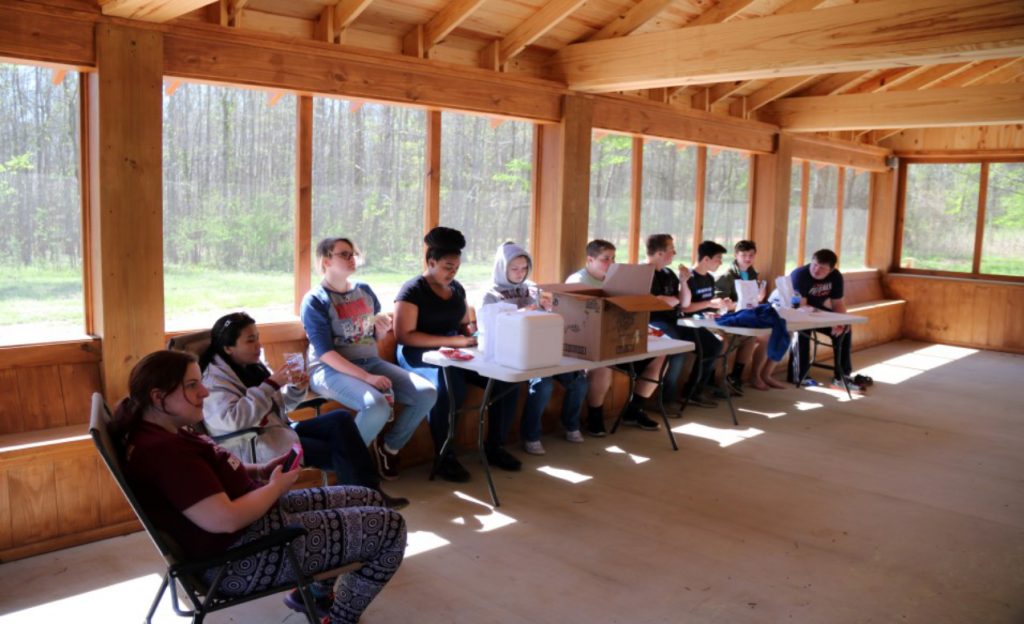 After their boating excursion, students gathered at the newly constructed Starr Ranch Pavilion for sack lunches and grilled hotdogs. After one last paddle around the lake, the students boarded their bus for the trip back to school. The students expressed excitement about their “outdoor classroom” trip, and enjoyment of the hands-on lessons. Tenth grader James Roraback said he really likes Mrs. Rivera’s class, “she always plans unique activities for us along with Collins Academy.” Students attending were Mathew Perez, Sir Charles Johnson, James Roraback, Mason McNeely, Mariah Williams, Robert Sachtleben, Sharday Turner, Caleb Wallace and Valkyrie Neel.
After their boating excursion, students gathered at the newly constructed Starr Ranch Pavilion for sack lunches and grilled hotdogs. After one last paddle around the lake, the students boarded their bus for the trip back to school. The students expressed excitement about their “outdoor classroom” trip, and enjoyment of the hands-on lessons. Tenth grader James Roraback said he really likes Mrs. Rivera’s class, “she always plans unique activities for us along with Collins Academy.” Students attending were Mathew Perez, Sir Charles Johnson, James Roraback, Mason McNeely, Mariah Williams, Robert Sachtleben, Sharday Turner, Caleb Wallace and Valkyrie Neel.
For information on Collins Academy science programs, call (903) 665-2900.
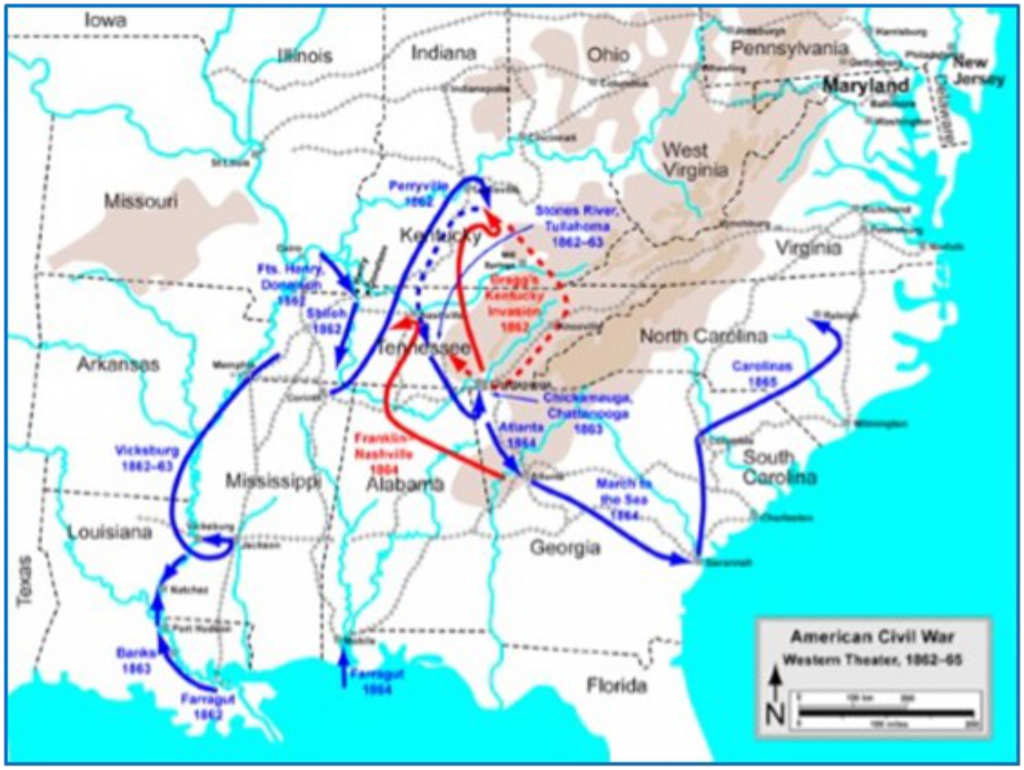
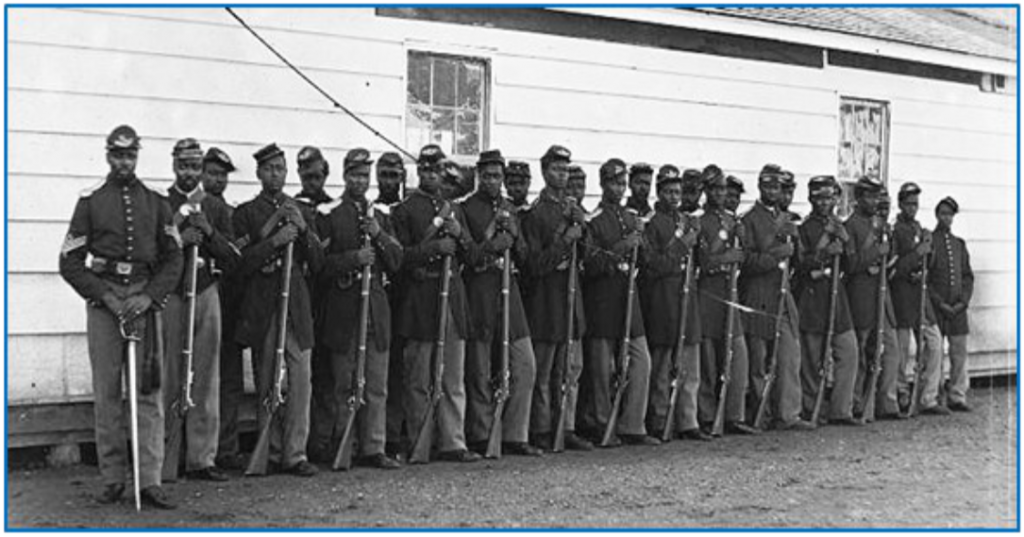
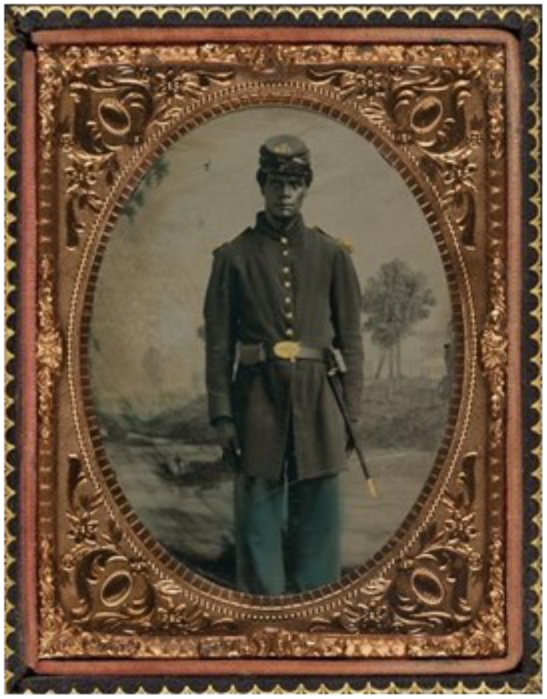
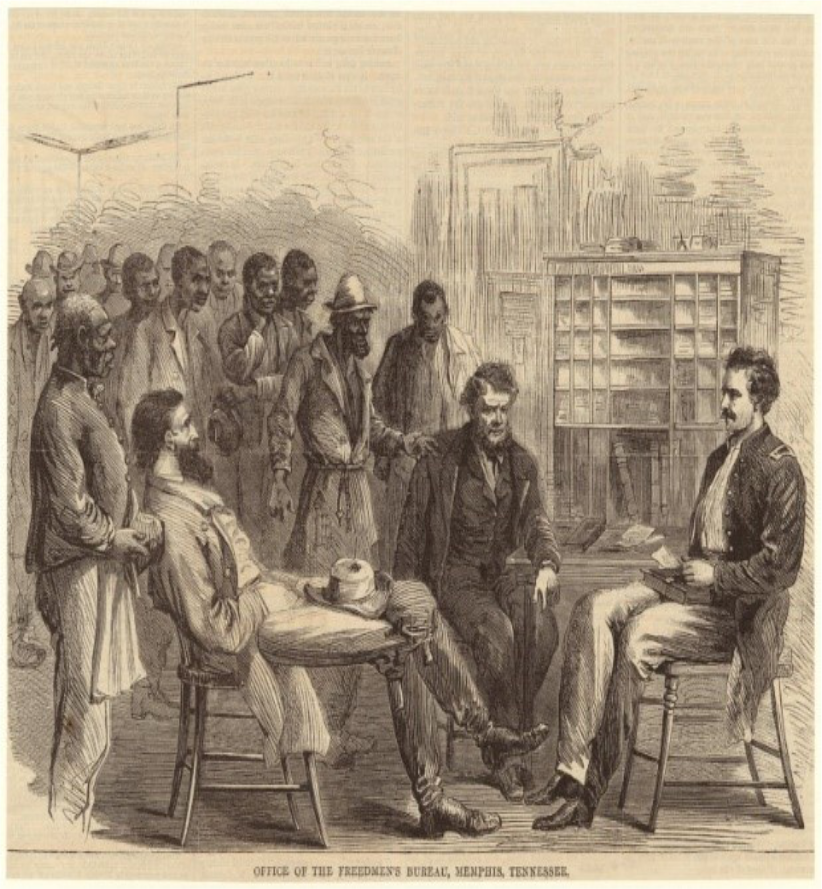
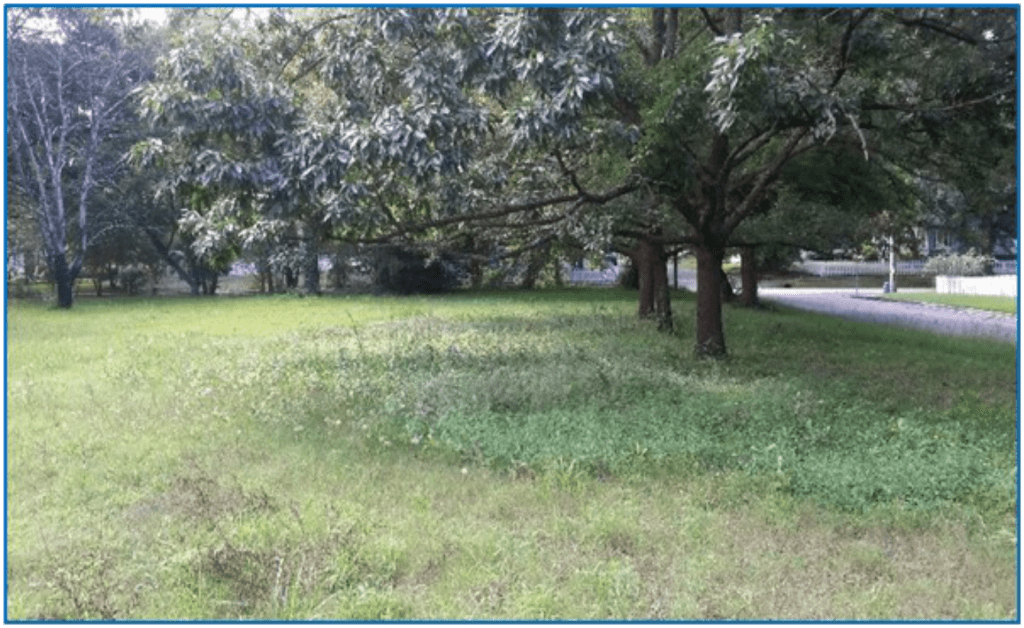
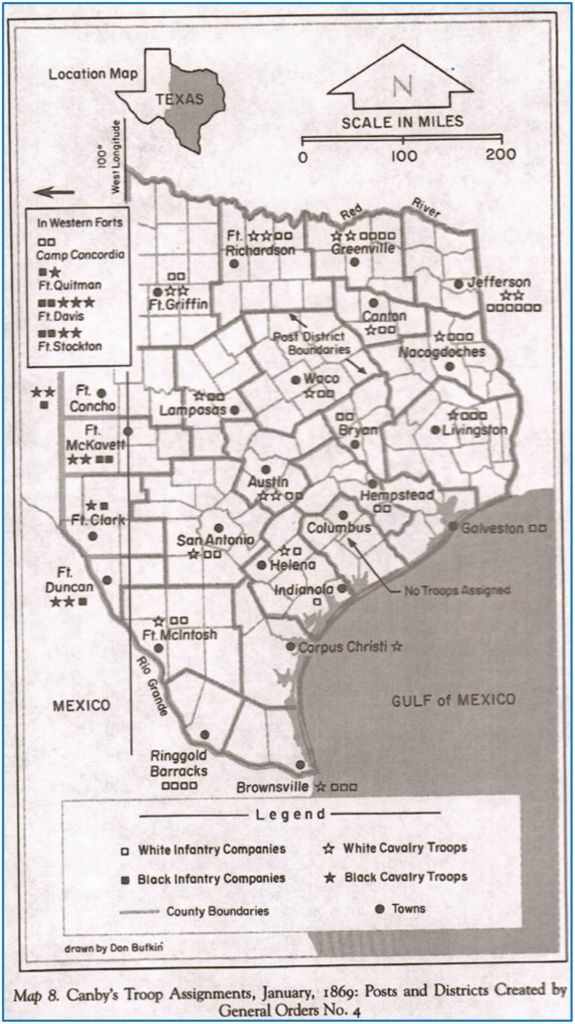
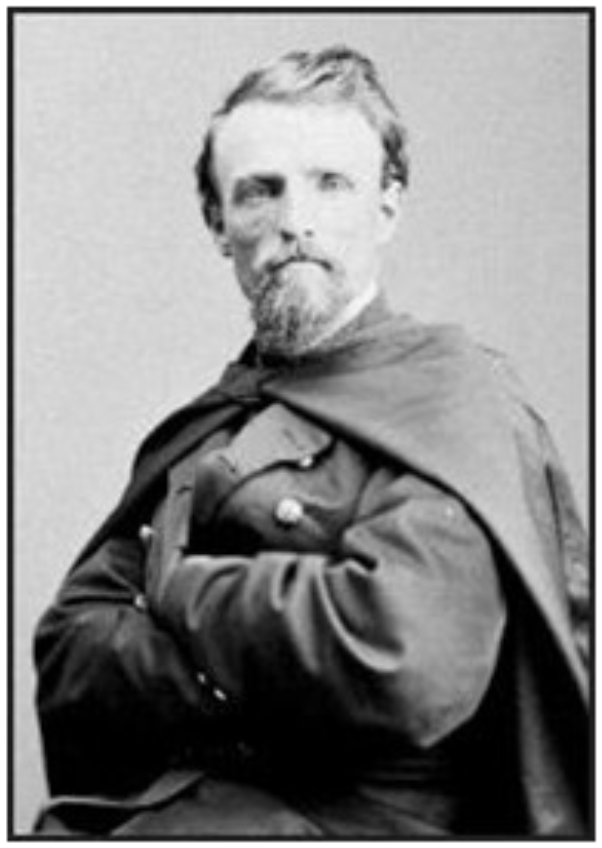
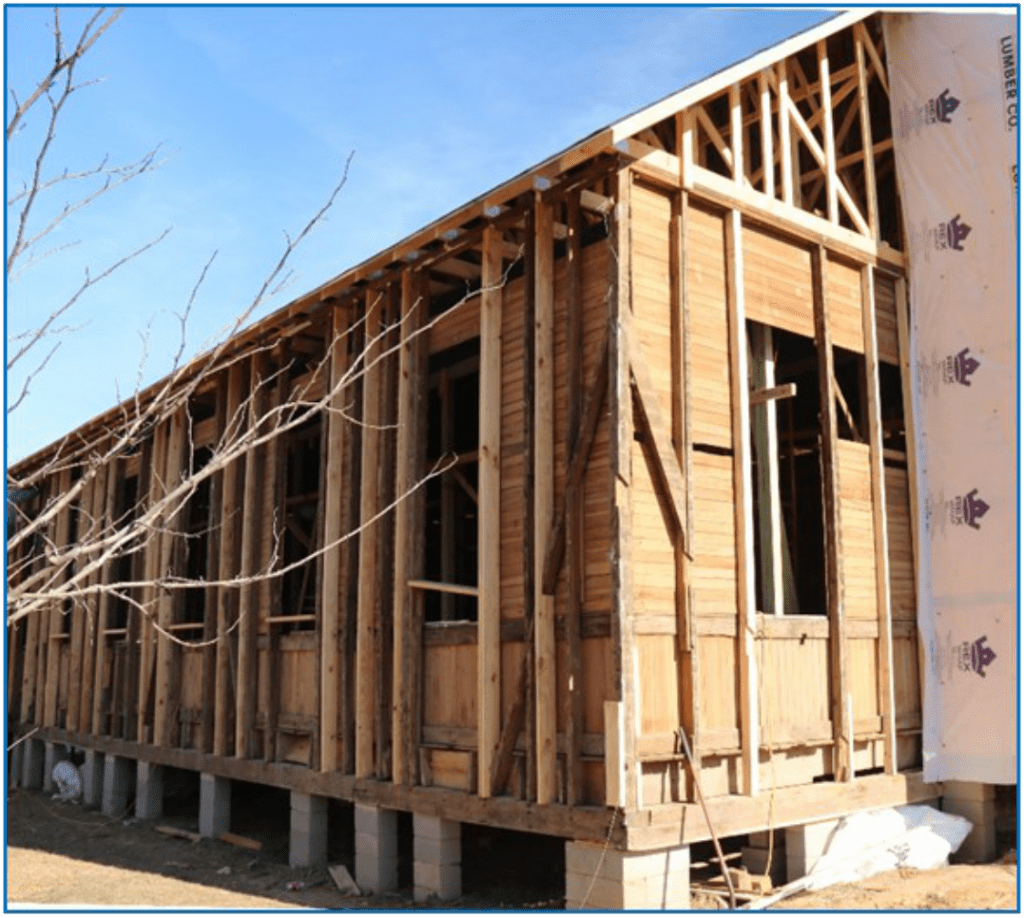
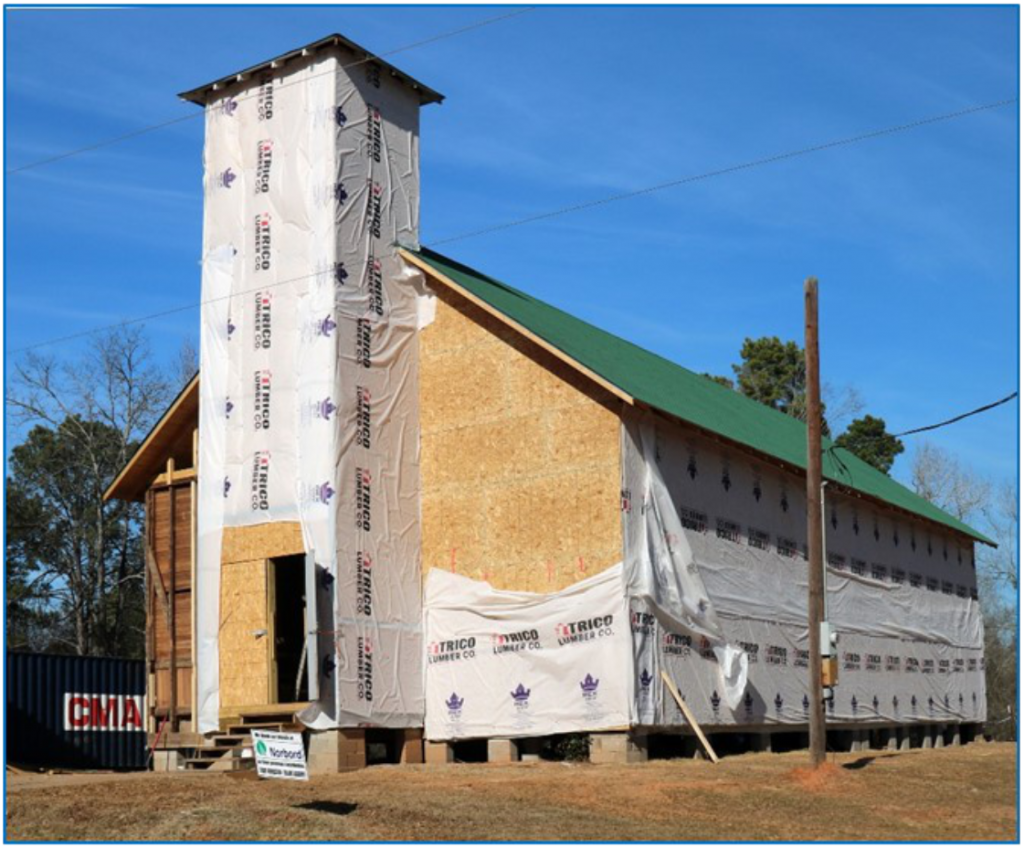
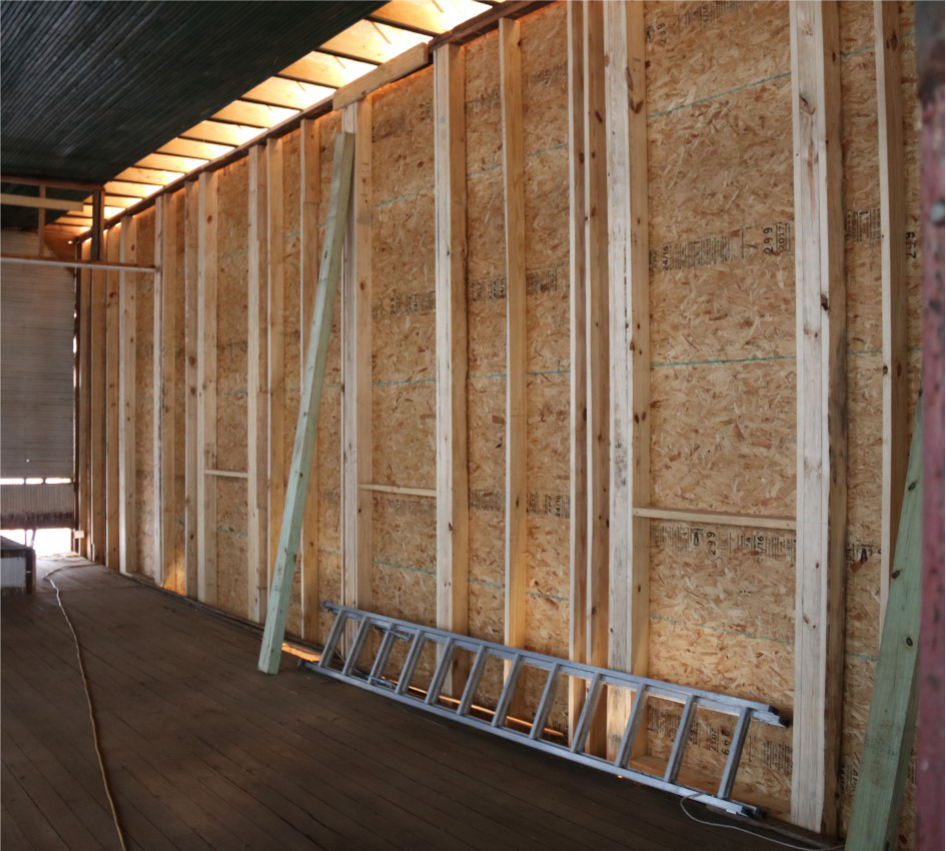
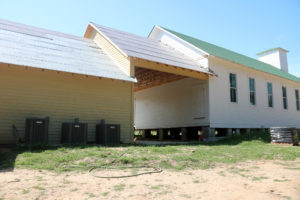

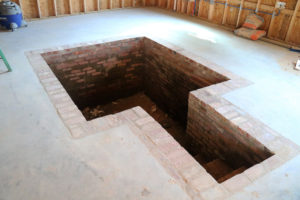
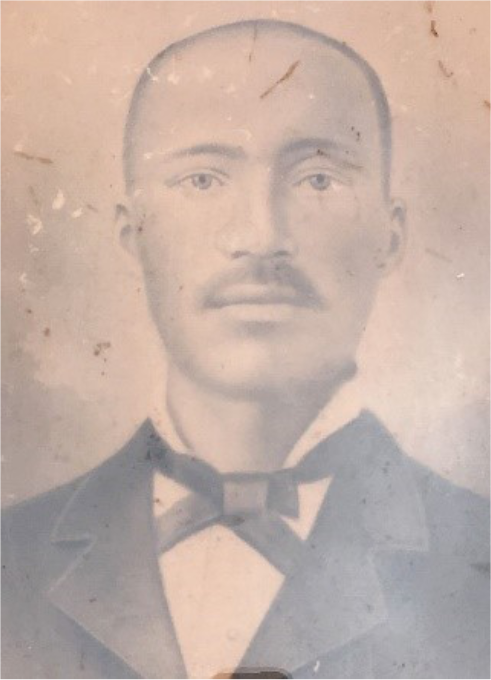
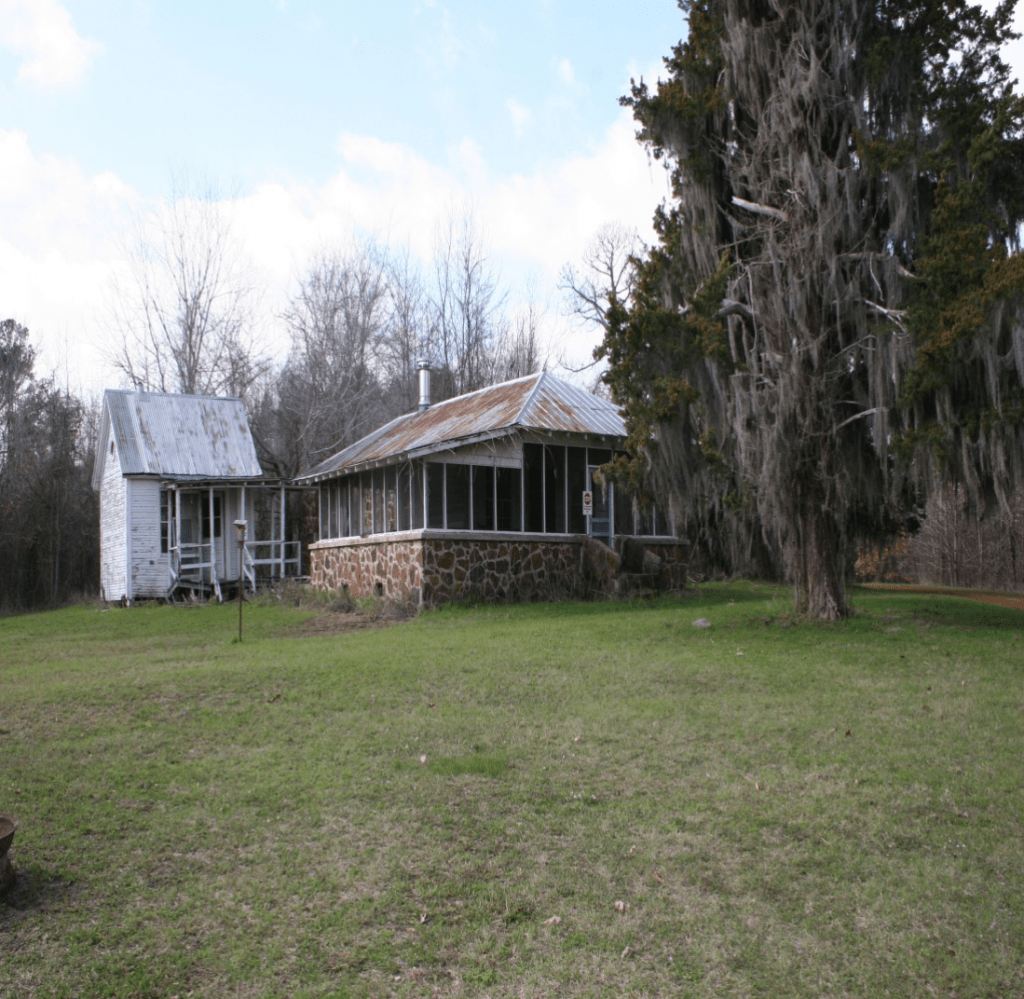 Many lifetime memories and friendships were forged among the initial 3,000 employees of Longhorn Army Ammunition Plant located in Karnack, Texas, during its years of operation. The plant, some years after it was deactivated by the Army, became the Caddo Lake National Wildlife Refuge, and was officially dedicated in September, 2009. Today, the Refuge offers a host of outdoor opportunities for the public, including an auto route, frequently used by former employees wanting to take a trip down memory lane. “You can see it on their faces”, said one volunteer of the refuge, folks wanting to drive around and remember. They are eager to talk about the importance of their mission there, producing ammunition for the military, which area they worked in, and about the good times they had there, in particular the memories they made and the affection they all shared for a simple wood frame structure, clad in native stone known as Starr Ranch, where company picnics, parties, family cookouts, camping, hunting and fishing trips occurred. It was their gathering place.
Many lifetime memories and friendships were forged among the initial 3,000 employees of Longhorn Army Ammunition Plant located in Karnack, Texas, during its years of operation. The plant, some years after it was deactivated by the Army, became the Caddo Lake National Wildlife Refuge, and was officially dedicated in September, 2009. Today, the Refuge offers a host of outdoor opportunities for the public, including an auto route, frequently used by former employees wanting to take a trip down memory lane. “You can see it on their faces”, said one volunteer of the refuge, folks wanting to drive around and remember. They are eager to talk about the importance of their mission there, producing ammunition for the military, which area they worked in, and about the good times they had there, in particular the memories they made and the affection they all shared for a simple wood frame structure, clad in native stone known as Starr Ranch, where company picnics, parties, family cookouts, camping, hunting and fishing trips occurred. It was their gathering place.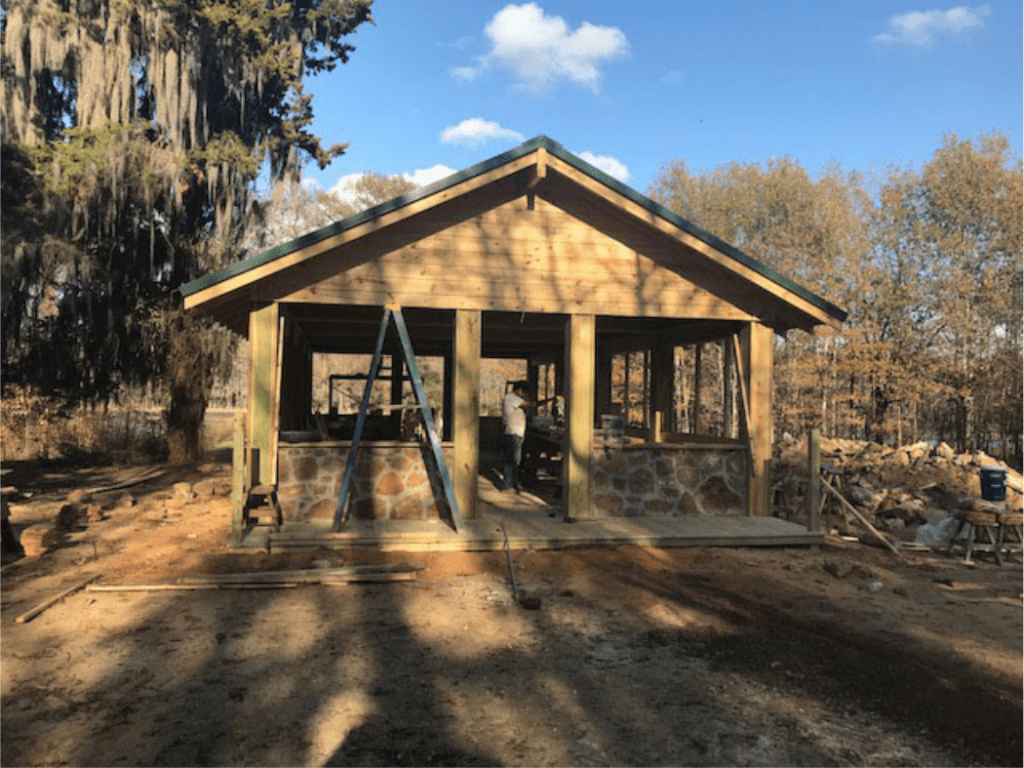 Time, nature and neglect took a toll on the structure, which until recently stood, almost in defiance of the elements, a symbol of simpler times. Over the years, many proposals were made to rehabilitate and save the structure, but in the end the costs to do so were prohibitive. But due to the efforts of members of the Friends of Caddo Lake National Wildlife Refuge, the U.S. Fish and Wildlife service and the generosity of individual donors, things are beginning to change.
Time, nature and neglect took a toll on the structure, which until recently stood, almost in defiance of the elements, a symbol of simpler times. Over the years, many proposals were made to rehabilitate and save the structure, but in the end the costs to do so were prohibitive. But due to the efforts of members of the Friends of Caddo Lake National Wildlife Refuge, the U.S. Fish and Wildlife service and the generosity of individual donors, things are beginning to change.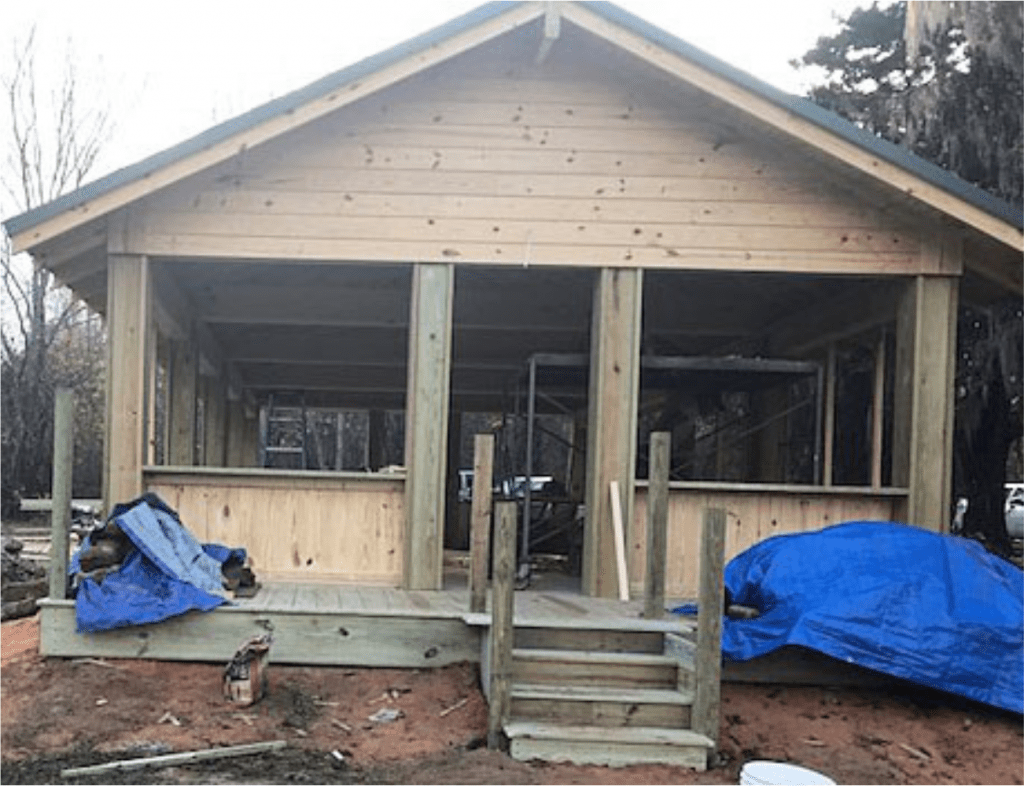 If you travel to the north end of the Refuge acreage by Goose Prairie, you will see a new building springing up that will pay homage to the original Starr Ranch. The building was designed and built by Paul Fortune, and will open to the public in early spring. The new 800 square foot rustic structure utilizes as much of the original materials as possible. Staff members of the Refuge have cleared the area of much of the overgrowth, enlarged the parking area, and repaired the old boat ramp, which will allow for easier access to the new Starr Ranch Pavilion for boaters.
If you travel to the north end of the Refuge acreage by Goose Prairie, you will see a new building springing up that will pay homage to the original Starr Ranch. The building was designed and built by Paul Fortune, and will open to the public in early spring. The new 800 square foot rustic structure utilizes as much of the original materials as possible. Staff members of the Refuge have cleared the area of much of the overgrowth, enlarged the parking area, and repaired the old boat ramp, which will allow for easier access to the new Starr Ranch Pavilion for boaters. While it is not the old Starr Ranch, it is becoming a new one, where once again visitors can begin making new memories. Gary Endsley, President of the Friends of Caddo Lake National Wildlife Refuge said, “The new day use structure will outfit an additional entryway to the refuge for the public and provide another outdoor venue for groups of all ages.” Plans for the official opening of the pavilion will be announced soon.
While it is not the old Starr Ranch, it is becoming a new one, where once again visitors can begin making new memories. Gary Endsley, President of the Friends of Caddo Lake National Wildlife Refuge said, “The new day use structure will outfit an additional entryway to the refuge for the public and provide another outdoor venue for groups of all ages.” Plans for the official opening of the pavilion will be announced soon.